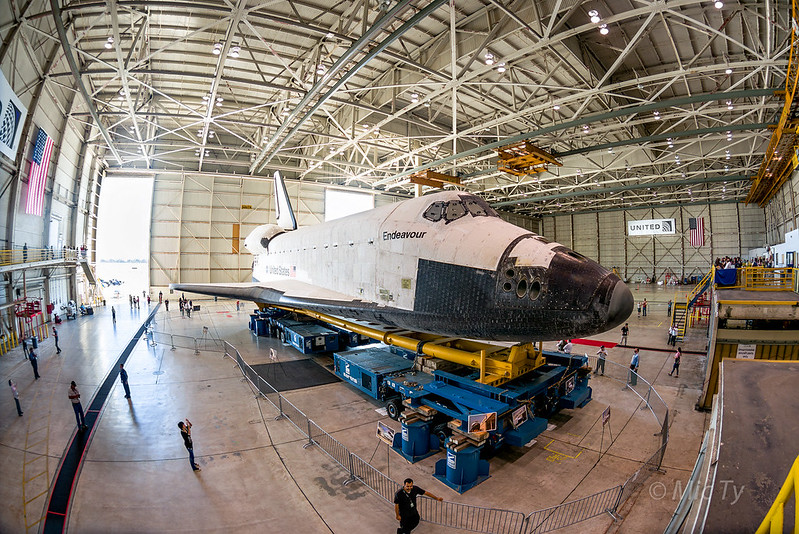Recently, I took a shot of the space shuttle.

Blogged here.
This was how the shot looked before postprocessing:
The scene outside is very bright and is a little distracting. Moreover there is little visible detail in that area.
I tried using highlight recovery, applied via an adjustment brush. I first tried using auto mask:
The highlight recovery was exaggerated for demo purposes, but you can see the result was not usable because of the very obvious masking borders. I then tried just a regular adjustment brush.
Now there were no jagged edges. And if you look at the histogram it looks amazing - no blown out highlights. Or are there? The reality is that there are actually no details that were recovered. Here is the same section of the photo, this time with an exposure reduction instead of highlight recovery.
If you look at the histogram, there is a very tall spike and then no data whatsoever beyond it, a clear example of clipping. Comparing the histograms alone, it may seem that the highlight recovery was able to recover some data where the exposure adjustment could not. However, when the images are examined closely, we can see that the amount of data recovered in both cases is actually the same:
The highlight recovery (left) did not recover any more detail than was recovered through an exposure reduction (right). So the histogram for the highlight recovery is a little misleading.
I'm not saying that highlight recovery is useless. Depending on the effect I'm after, it is sometimes a more appropriate tool than exposure adjustment. However, if I really want to know what data was clipped, then exposure adjustment is an easier and less misleading way to show the clipped highlights.
Among other things, to me, this emphasized the need to reevaluate the Fuji S5 and the D600. I did just that and I'll be posting the results very soon.






I've read in several sources that a good way to deal with these situations is to shoot RAW and err on the side of underexposure. If given another chance, would you have shot this scene with perhaps -0.5 to -1 EV applied? I am aware that some noise is introduced when using the LR fill-light algorithm, however, it is minimal at ISO <800.
ReplyDeleteHi you're exactly right. In this case I shot in raw (as I almost always do) and used Active D-Lighting, which is normally designed to protect highlights. However, the ADL didn't protect the highlights in the scene outside so yes, -1EV would have worked. Indeed that would have been best because the D600 has exceptional shadow recovery. In the next day or so I'll be posting the results of my test of the D600's dynamic range (both shadow and highlight). Thanks again for the suggestion!
DeleteBest regards,
Mic